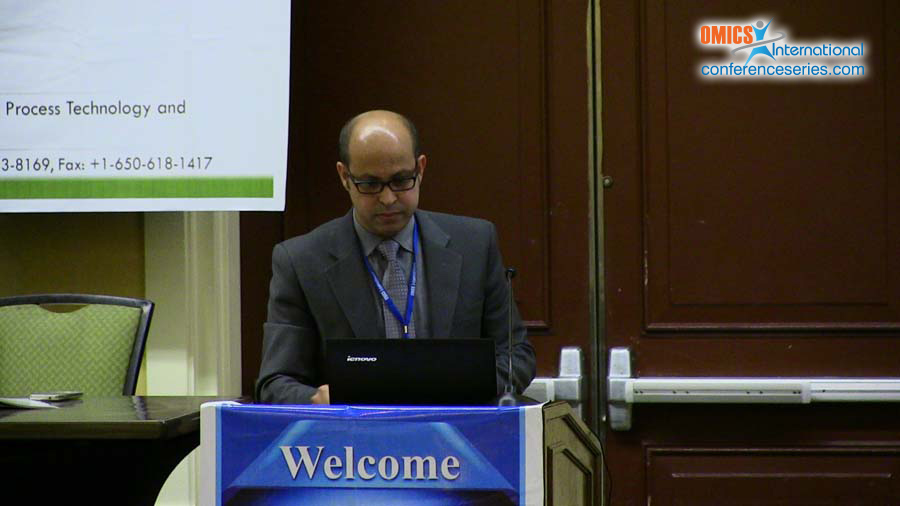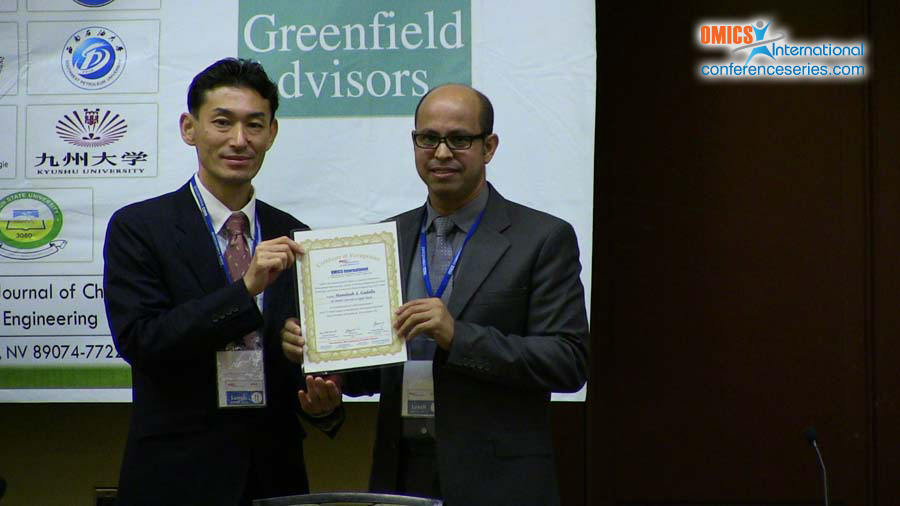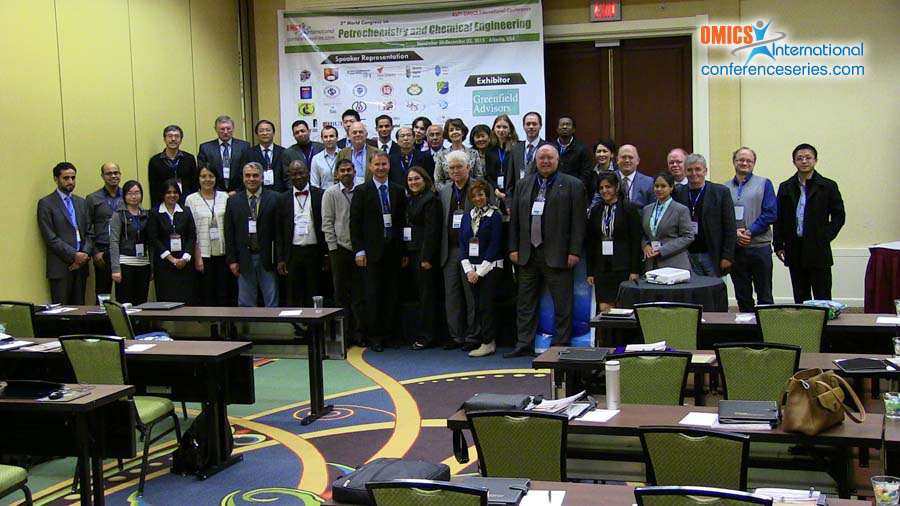
Mamdouh A. Gadalla and Fatma Ashour
The British University in Egypt, Egypt
Title: A novel graphical technique for pinch analysis applications: Mass and energy integration
Biography
Biography: Mamdouh A. Gadalla and Fatma Ashour
Abstract
Energy integration is a key solution in chemical process and crude refining industries to minimise external fuel consumption and to face the impact of growing energy crises. Typical energy integration projects can reach a reduction of heating fuels and cold utilities by up to 40% compared with original designs or existing installations. Raw materials are as important as energy to chemical and process industries to provide chemicals essential to modern society and economics. Mass integration, taking place in mass exchange networks or MENs, comes as a significant concept to efficient use of raw materials. Such integration leads to minimum waste disposal flows and minimum use of external mass separating agents’ quantities. Pinch Analysis is a leading tool and regarded as an efficient method to increase energy and material efficiency. Graphical representations of Pinch Analysis and mass Pinch Design Method are very useful for grassroots designs. Nevertheless, in retrofit situation the analysis is not adequate. This research proposes a new graphical method for the analysis of heat and material recovery systems, applicable to both retrofit and grassroots designs. For energy analysis, the new graphical method is based on plotting temperatures of process hot streams versus temperatures of process cold streams. For a given heat exchanger network, each existing exchanger is represented by a straight line, whose slope is proportional to the ratio of heat capacities and flows. Further, the length of each exchanger line is related to the heat flow transferred across this exchanger. Similarly, mass integration problems are described as composition of target materials in rich streams versus the equivalent corresponding compositions in lean streams. This new graphical representation can easily identify exchangers across the pinch, Network Pinch, pinching matches and improper placement of fuel consumption for energy recovery problems. Furthermore, new graph representations for mass networks are used to analyse the performance of existing MENs with respect to targets and to design new networks. Promising modifications to existing MENs can be identified to avoid violations to Pinch Analysis and thus improve actual performances for minimum wastes and external separating agents. The application of the new graphical method to a case study showed savings of approximately 17% in energy demands and fuel consumption. The new graphical techniq




